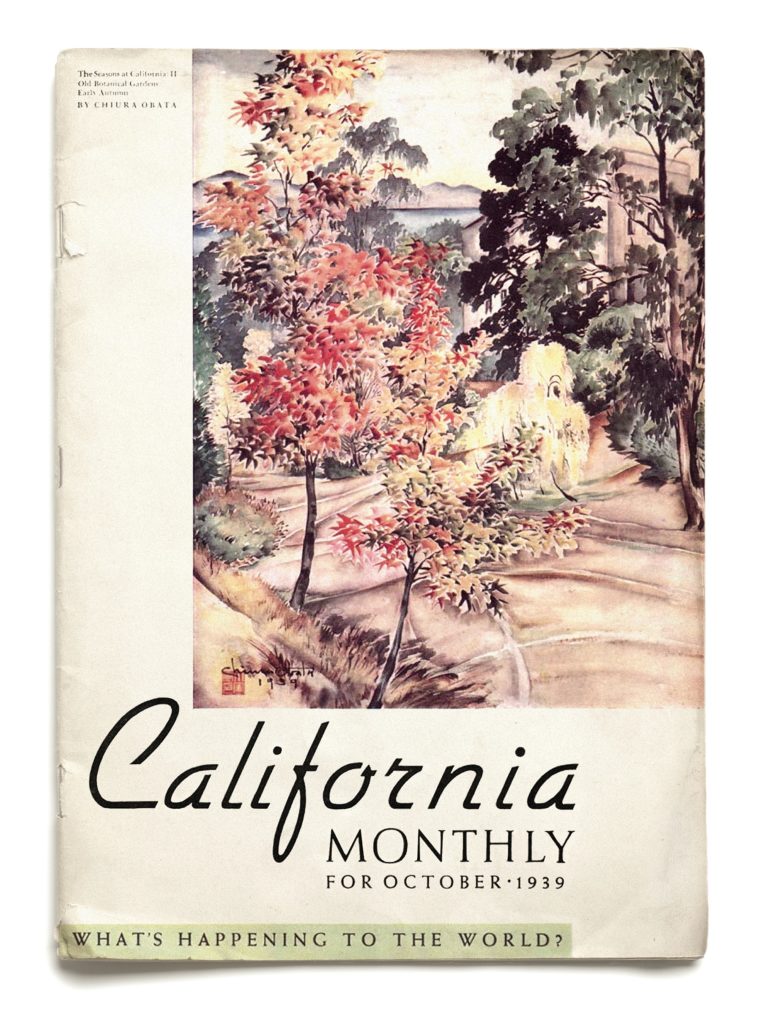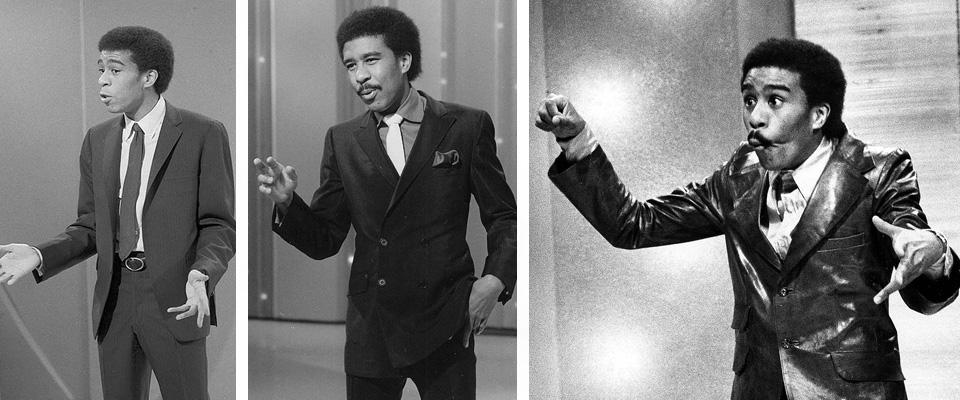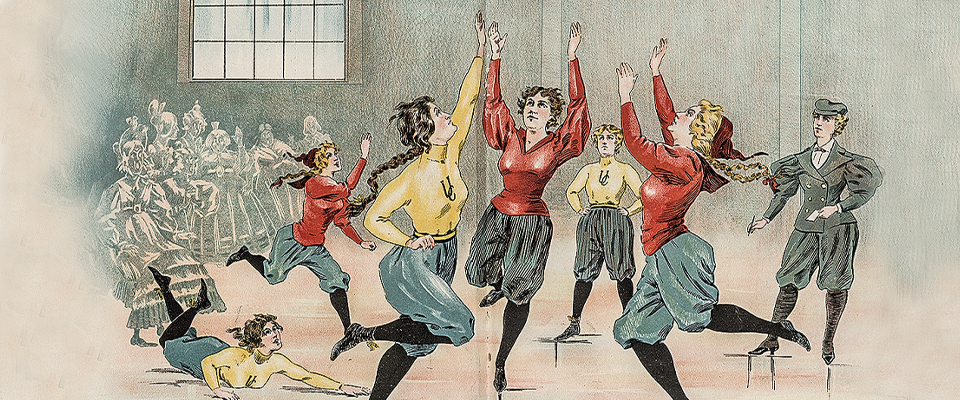In the May 1942 edition of California Monthly, under the heading “Reader Comment,” ran a note from one Frank Pryor Jr. ’39, second lieutenant in the U.S. Army Coast Artillery Corps, asking for a change of address. “You might be interested in knowing that the magazine is appreciated now more than ever before,” Pryor informed the editors. “That football issue hit out here just after the Japs on the seventh, and to read it was almost like sitting down again on Wheeler steps.”
Pryor’s note was followed by one from George Kitazawa ’40, who noted that, as an American of Japanese descent, he was “subject to the evacuation orders,” and asked that his copies of the Monthly be held “until such time when my mailing address will be permanent, which might not be for the duration.” He ended by commending a pair of articles by Professors Eric Bellquist and David P. Barrows in the April issue, both of which addressed the question of Japanese internment. Bellquist was adamantly opposed. Barrows was an apologist. Nevertheless, Kitazawa said he found “a type of manhood in these articles that I can fully appreciate and admire.”
I stumbled upon this remarkable pairing recently while flipping through archival editions of the magazine in the basement of Alumni House, where bound copies dating back to 1909 line a pair of bookshelves. The publication is even older than that, having begun life as University of California Magazine in the 1890s, but the name has changed over the years, along with frequency. It was once California Alumni Weekly, then California Alumni Fortnightly, and then, for a very long time, California Monthly. Many of you still call us the Monthly. But these days we’re quarterly, and since 2006, called simply California. With luck, we will hold the line and not become California Annual.
This summer, as our publisher, the Cal Alumni Association, prepared to celebrate its 150th anniversary, I dove back into the archives to get some notion of where we have been and where we may be headed.

In 1942, of course, the magazine and the nation were on a war footing. Issues that year advertised war bonds, ran alarming items such as “Antidote for Mustard Gas,” and publicized the names of those killed in action. For readers, it must have been a bitter reminder of the First World War, when the fallen were memorialized in the Fortnightly under the as-yet unironic heading “Pro Patria Mortui.” That war, you may recall, overlapped with the global flu pandemic, and for every man killed in action, another seemed to have succumbed to influenza, pneumonia, or other unspecified illness. On campus, masks were required indoors and “mask slackers” could be fined. Theaters, bars, and restaurants were shuttered. As the saying goes, history may not repeat itself, but it rhymes.
Perhaps not surprisingly, life insurance ads became a mainstay in the magazine at that time. Other advertisers across the years have ranged from Chesterfield cigarettes (“for the good things smoking can give you”) to the gun manufacturer that, in the early 1910s, touted its repeating rifles under the tagline “A Hail-Storm of Lead.”
The rap on alumni magazines, of course, is that they are filled with puff pieces and “serve as prettied-up fund-raising vehicles” (as the New York Times once put it). Not this alumni magazine, which, thanks to being editorially and financially independent of the university, has seldom pulled its punches.
Consider, for example, a November 1965 article by architectural critic and Berkeley lecturer Allan Temko, who wrote in the Monthly: “The devastation of the Berkeley campus during the past two decades of tremendous growth, when a series of insensate pseudomonuments were strewn haphazardly on one of the finest natural sites in the world, must be counted a major cultural disaster for California and the nation.”
Ouch.
Nor has the magazine shied away from controversy. During the Red Scare of the ’50s, the Monthly ran official statements from both President Sproul, who spearheaded the Loyalty Oath, and from university faculty in direct opposition to it. And in the aftermath of the Free Speech Movement protests of 1964, the Monthly produced a special issue devoted to the student uprising that included a minutely reported chronology of events and a history of campus political protest dating back to the 1930s. While the overall editorial tone of the magazine was sympathetic to administrators, it also made an effort to understand the discontent that sparked the protests.
No doubt partisans on both sides would harrumph at that characterization, but so be it; that’s generally a hallmark of good and balanced journalism.
Good and balanced journalism, finally, is what this magazine still strives for in every issue. We hope readers continue to find in our pages articles that, even if they don’t wholly agree with them, they can still fully appreciate and admire. If you’re one of those readers, help support the work we do and continue the legacy. Visit our donation page.
…
California magazine is an editorially independent non-profit magazine. We need your support to keep producing award-winning journalism about the world of Berkeley and Berkeley in the world. Please consider a donation in any amount. Fiat Lux and Go Bears!





















